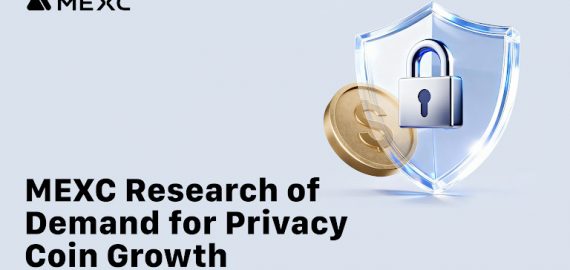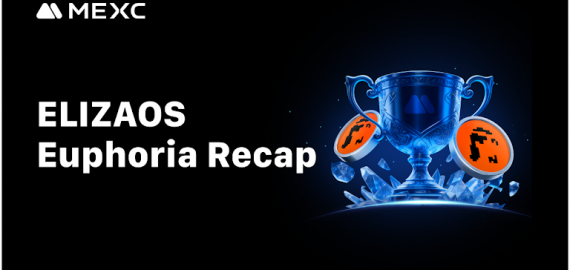How Blockchain is Transforming Charity: Insights from Philcoin’s Journey


Photo by Annie Spratt on Unsplash
Giving to charity is about making a positive impact, but traditional methods can sometimes feel slow, uncertain, or disconnected. In recent years, the charity sector has struggled with issues like high administrative costs, delayed fund disbursements, and lack of transparency. Imagine a system where you can track your donation in real time, knowing it reaches its destination quickly and without the usual overhead costs.
As we look to the future, one thing is clear: blockchain has the potential to change how donations are made and tracked, offering a new level of efficiency and trust. But how exactly can this cutting-edge technology improve the way we give?
Blockchain offers transparency by allowing donors to trace their contributions in real-time, making sure funds reach the intended recipients with minimal overhead. Blockchain’s decentralized structure enables faster transactions, especially across borders, where traditional methods often lag behind.
Platforms like Philcoin are stepping into this space with a simple yet powerful goal: to make charitable giving more transparent and accessible by using blockchain technology.
The Vision Behind Philcoin
Philcoin was born from a vision to solve a long-standing issue in philanthropy: inefficiency. Traditional charitable organizations are often weighed down by overhead costs, slow processes, and, at times, a lack of transparency. For many, donating can feel disconnected and impersonal. Philcoin’s founder, Jerry Lopez, recognized the potential of blockchain technology to create a more transparent and direct model for giving, one where users could see the real impact of their contributions.
Lopez explains, “Cryptocurrencies are shaking up the nonprofit and charitable sector. They’re bringing in new levels of transparency, efficiency, and global reach.” The idea was simple yet ambitious, to create a platform where users could donate securely, quickly, and with confidence that their contributions would reach the intended recipients.
Philcoin’s platform, built around PHILApp, brings this vision to life by making charitable giving more accessible and transparent. Powered by the PHL token, the platform allows users to donate and track their contributions through blockchain technology. They have made giving as easy as sending a text message while using blockchain’s immutable ledger to ensure every transaction is traceable and secure.
The Journey: Overcoming Challenges
Philcoin’s path from concept to a fully functional platform wasn’t without obstacles. Like any pioneering project in a developing industry, the team had to navigate a range of challenges. From regulatory uncertainties to technical roadblocks, Philcoin faced its share of difficulties early on. The volatility of cryptocurrencies creates a unique challenge, as it could potentially diminish the value of donations. To mitigate this, Philcoin explored the use of stablecoins to ensure that donations would retain their value over time.
One particular challenge was educating both the public and organizations on the use of blockchain in philanthropy, a relatively new concept. This required outreach and collaboration, helping people see how blockchain could make giving easier and more effective.
Despite these obstacles, Philcoin’s team remained committed to their mission, finding innovative solutions to push the project forward. One major milestone was the launch of PHILApp, which provided users with a user-friendly interface to engage in charitable giving through blockchain. This was soon followed by strategic partnerships that helped grow the platform’s reach and credibility in the blockchain and philanthropy sectors.
Jerry Lopez’s insights on these challenges are telling: “The volatility of cryptocurrencies can affect the value of donations, but education and awareness are crucial. People need to understand how to navigate these issues, and we’ve taken steps to address that.”
Current Achievements and Recognition
Philcoin has built a global community of donors and partnered with over 1,000 charities and local governments. This has expanded its reach and impact. The platform’s efforts focus on supporting causes such as medical aid, food relief, and helping vulnerable groups like abuse victims and orphans. Philcoin’s impact is seen in real-world outcomes, like raising $10 million to help relocate 2,500 refugees from the war in Ukraine
Another big achievement was providing food to over 1,000 families in Brazil during the holiday season, and supporting over 500 orphans in Pakistan throughout 2024. By using blockchain, Philcoin makes sure that donations are transparent and reach the people who need them without delays or extra costs.
The Future
Looking ahead, Philcoin shows no signs of slowing down. The team is focused on expanding its platform with new features that enhance the giving experience while staying true to its original vision. Upcoming developments include PHILApp 2.0, which will introduce a non-custodial wallet and social engagement features like music and podcasts, allowing users to earn rewards while interacting with the platform. This expansion is aimed at increasing user engagement and empowering communities to contribute more effectively
Lopez is optimistic about the future: “As blockchain technology becomes more widely adopted, I believe cryptocurrencies will become a mainstream method for charitable donations. The benefits, like transparency, efficiency, and global accessibility, are too important to ignore.”
Philcoin’s roadmap also includes more community-driven initiatives, allowing individuals to support and create their own causes. This next phase will further democratize the giving process, empowering users to make a meaningful impact on the world around them.
Conclusion
Blockchain has the potential to revolutionize the way we give, making the process more efficient, transparent, and direct. While platforms like Philcoin are leading the way, the real impact will be seen as the sector at large embraces these new technologies and integrates them into the global fabric of philanthropy.As Lopez puts it, “It’s an exciting time for the intersection of technology and charity.”
Disclaimer
In line with the Trust Project guidelines, please note that the information provided on this page is not intended to be and should not be interpreted as legal, tax, investment, financial, or any other form of advice. It is important to only invest what you can afford to lose and to seek independent financial advice if you have any doubts. For further information, we suggest referring to the terms and conditions as well as the help and support pages provided by the issuer or advertiser. MetaversePost is committed to accurate, unbiased reporting, but market conditions are subject to change without notice.
About The Author
Gregory, a digital nomad hailing from Poland, is not only a financial analyst but also a valuable contributor to various online magazines. With a wealth of experience in the financial industry, his insights and expertise have earned him recognition in numerous publications. Utilising his spare time effectively, Gregory is currently dedicated to writing a book about cryptocurrency and blockchain.
More articles

Gregory, a digital nomad hailing from Poland, is not only a financial analyst but also a valuable contributor to various online magazines. With a wealth of experience in the financial industry, his insights and expertise have earned him recognition in numerous publications. Utilising his spare time effectively, Gregory is currently dedicated to writing a book about cryptocurrency and blockchain.

















































